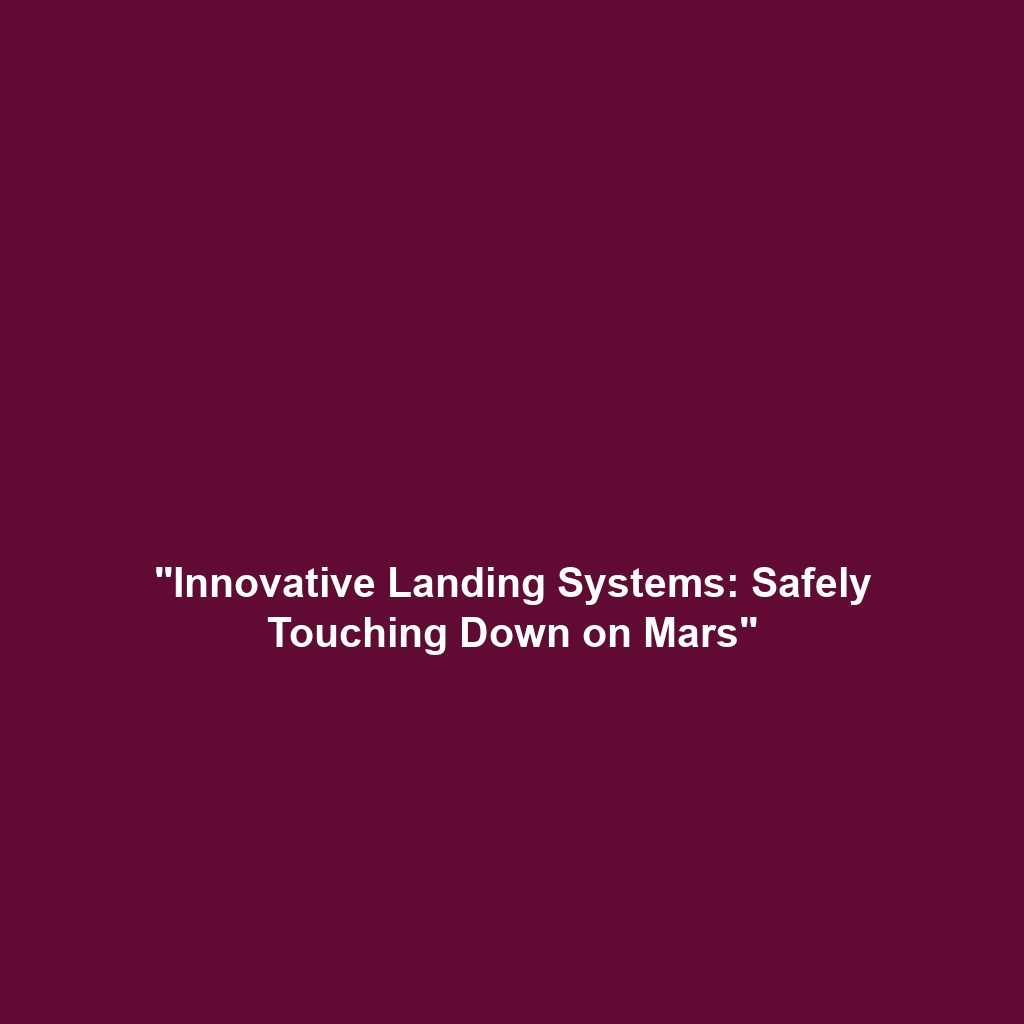Tourism and Commercial Opportunities: How Tourism and Industry Might Develop on Mars
Introduction
The colonization of Mars is not only a scientific and engineering challenge but also presents an array of tourism and commercial opportunities. As humanity sets its sights on the Red Planet, the potential for a new frontier of tourism and industry emerges, capturing the imagination of both investors and adventurers alike. This article explores how tourism and commercial opportunities can develop alongside colonizing Mars, laying the groundwork for a viable human presence beyond Earth. Understanding these prospects is crucial for envisioning a sustainable future on Mars.
Key Concepts
Understanding the major concepts surrounding tourism and commercial opportunities on Mars is essential for integrating them into the broader vision of colonizing the planet. Key principles include:
- Space Tourism: The emergence of space tourism, allowing civilians to experience the Red Planet’s surface.
- Commercial Ventures: Opportunities for businesses to develop habitats, supply chains, and services to support Martian residents and tourists.
- Research and Development: Innovation in technologies such as life-support systems and sustainable resource management critical for both tourism and long-term colonization.
Applications and Real-World Uses
The potential applications of tourism and commercial opportunities in colonizing Mars are groundbreaking. Notable examples include:
- Martian Expeditions: Organized missions for scientists and civilians to explore Mars, enhancing public interest and investment in space travel.
- Resource Utilization: Mining for water and minerals that could support both Martian industries and Earth-based economies.
- Environmental Sustainability: Development of greenhouse projects for food production, showcasing how tourism and commercial applications can directly contribute to colonizing Mars.
Current Challenges
Despite the exciting prospects, several challenges highlight the complexities of developing tourism and commercial opportunities on Mars:
- Technological Limitations: Current technologies for safe travel and habitation on Mars must advance significantly.
- Financial Investment: Substantial funding is required to support initial missions and the construction of infrastructure.
- Regulatory and Ethical Considerations: Establishing a framework for tourism and commercial operations that respects Martian environments and the rights of future inhabitants.
Future Research and Innovations
Looking ahead, future research and innovations are poised to revolutionize tourism and commercial opportunities on Mars. Breakthroughs may include:
- Habitat Construction: Advancements in 3D printing technologies could facilitate the rapid development of Martian living quarters.
- Transportation Solutions: Innovations in spacecraft design that reduce travel time and increase safety for interplanetary trips.
- Energy Solutions: Developing sustainable energy sources, such as solar and nuclear, to support both tourism and industry.
Conclusion
In summary, tourism and commercial opportunities present a significant dimension of colonizing Mars, shaping its future as a new hub for human activity. As we venture closer to this goal, ongoing research and technological innovations will be crucial in overcoming challenges. Stakeholders in various fields must collaborate to transform these opportunities into reality. For further exploration, consider reading about Mars colonization technologies and current trends in space tourism.



